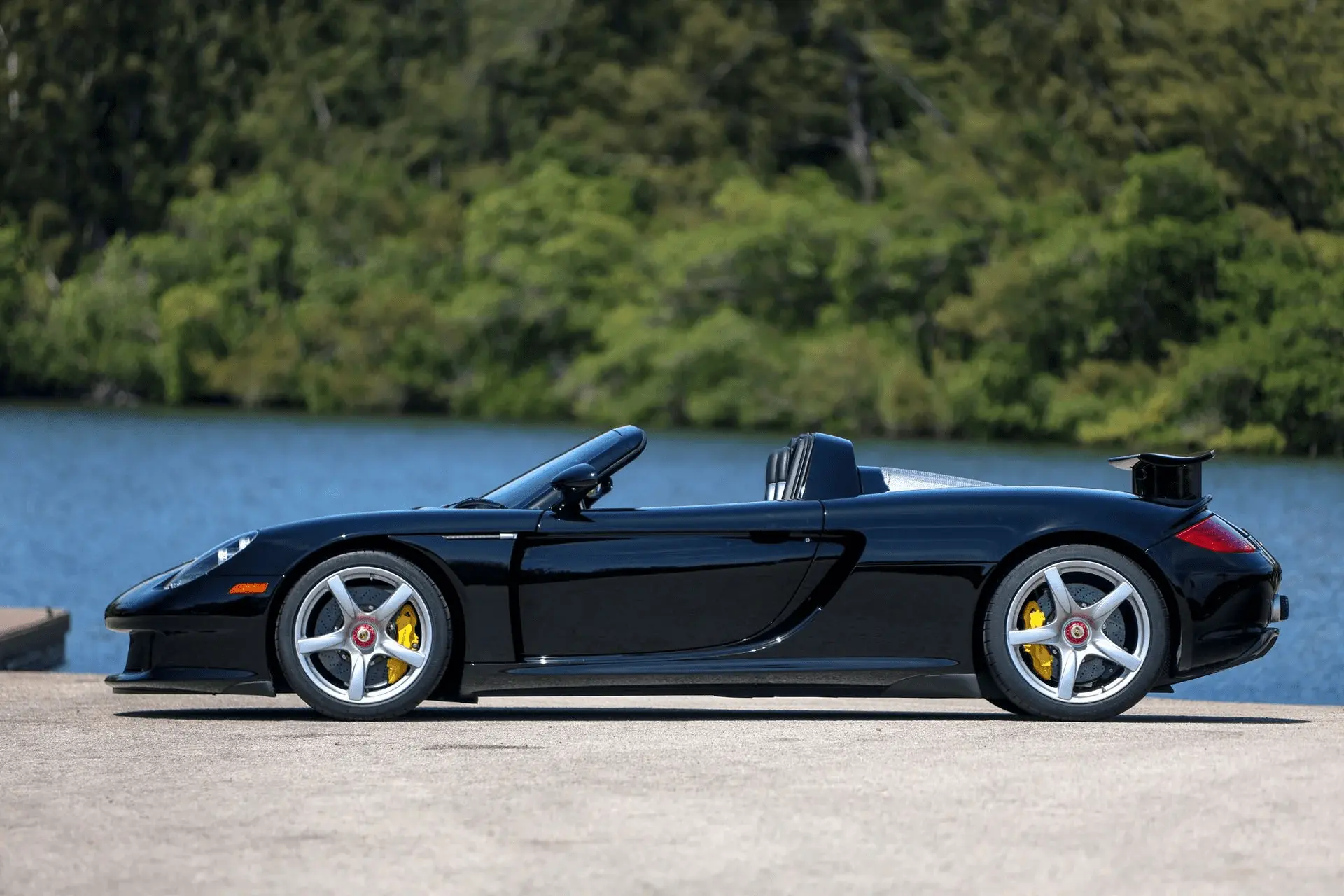Broad Arrow at Villa Erba: Veni, Vidi, Vici
07 June 2025 3 min read 9 images

Photo credit: Broad Arrow Auctions
I admit it — I was among the 8,000 enthusiasts who watched Broad Arrow’s Villa Erba auction on YouTube. Broad Arrow, which belongs to Hagerty, has established itself among the top international auction houses in just a few short years. However, it had never ventured into Europe before — a market that isn’t always easy. Italy in particular has often proven difficult. That said, the sale took place during “Como Car Week”, which originally was just the Villa d’Este Concours but has since expanded into a series of side events that now make it a must-attend. And so Broad Arrow pitched BMW, the organizer of the Villa d’Este Concours, with the idea of holding an annual auction — compared to RM’s biennial schedule — and made its European debut with genuine success. The auction spanned two days: the first dedicated solely to BMWs, the second to all other cars, for a total of 68 vehicles offered — 25 of which were without reserve. The nearly €45 million in estimates (€44,665,000) turned into a solid harvest for the American house: 49 cars sold, a healthy 72.05% sell-through rate, and €28,998,225 in sales (to which a couple of post-auction sales and automobilia must be added, pushing the total above €31 million).
The car that undoubtedly stole the show was the 1948 Ferrari 166 Sport Corsa by Ansaloni. The car was incredible: likely the oldest original Ferrari in existence, chassis number 004C (recall that until the mid-1980s, even-numbered chassis were for racing cars and odd-numbered were for road cars), making it the second Ferrari ever built. It was sold to the Besana brothers, confectionery industrialists and the very first clients of the newly born carmaker. It finished sixth in the 1948 Targa Florio, participated in the Mille Miglia in 1948 and again the following year, remained in the same family for over fifty years, and had never been offered publicly. In the case of the world’s oldest Ferrari, objectivity goes out the window. Even though these early cars are no longer particularly trendy, the €5.5–7.5 million estimate was a bold bet. In the room, a bidding war erupted and two determined bidders exchanged over 30 rounds before one finally triumphed with a winning bid of €7,543,750. A truly emotional moment — even for Broad Arrow, making its European debut.
Register to unlock this article
Signing up is free and gives you access to hundreds of articles and additional benefits. See what’s included in your free membership. See what's included in your free membership.
Already have an account? Log In


